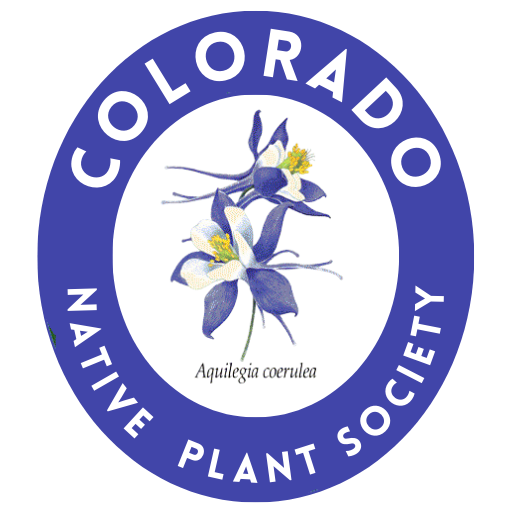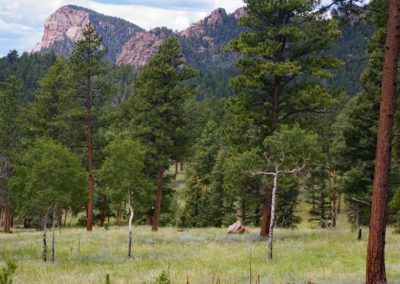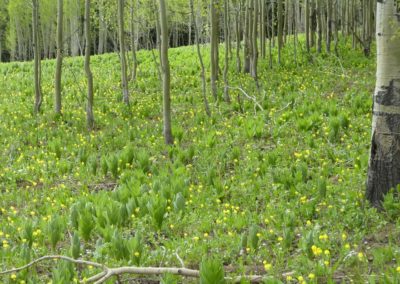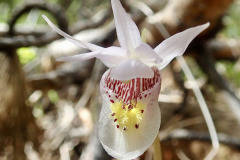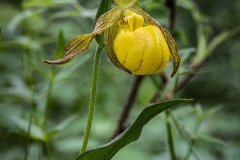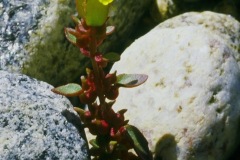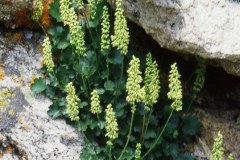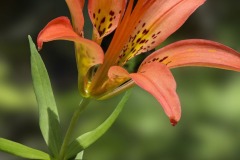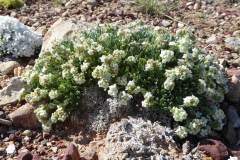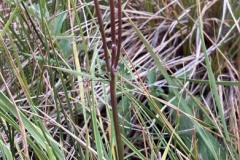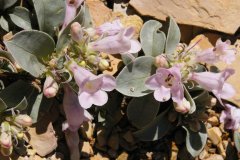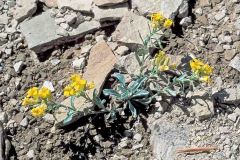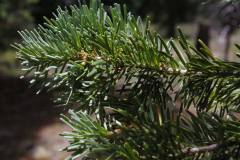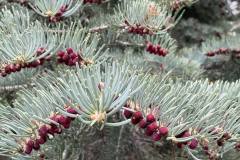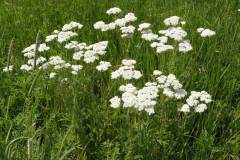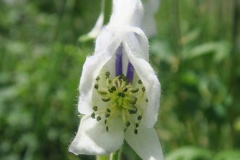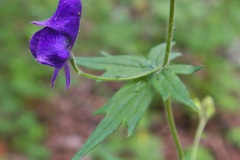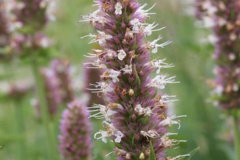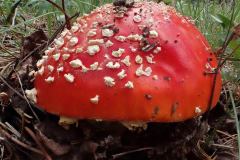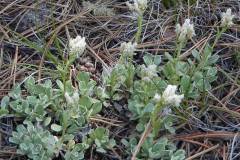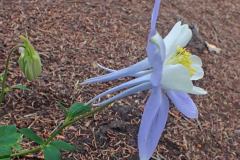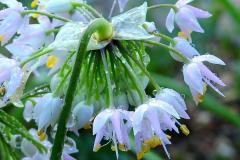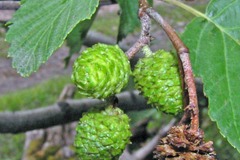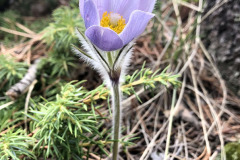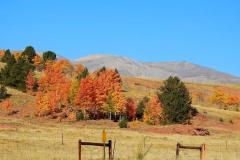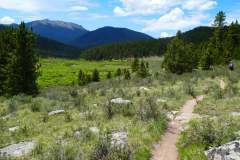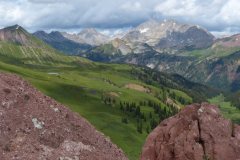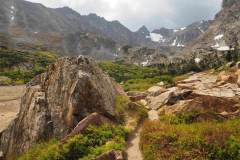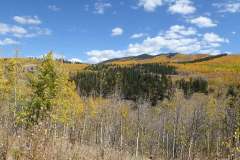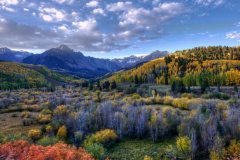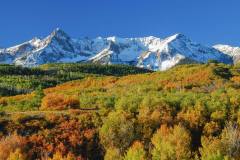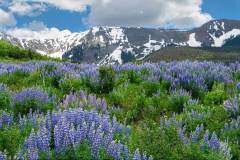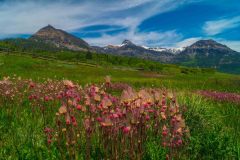
Montane Life Zone
The montane vegetation zone is found in the Rockies at elevations ranging from 8,000 to 10,000 feet. This region receives, on average, 18 to 30 inches of precipitation per year, much of which comes from snowfall. As a result of this region’s moderate precipitation levels, it is dominated by tree communities, including Aspens, Douglas Firs, Ponderosa Pines, and, in wetter areas, Colorado Blue Spruce, the state tree. As in the foothills, this zone is home to many shrubs, though, because of the existence of forests, they often exist as understory communities.
This region is marked by a short growing season. In fact, at elevations close to 10,000 feet the average time between the last frost of the season in late spring and the first frost in latesummer, is less than 90 days. Across much of the plains, there tends to be at least five months between these events. Trees in uppermost canopy must have high tolerance for direct sunlight while some understory shrubs have significant tolerance for shade and moisture.
Plant Communities in the Montane Zone
Click on Photos Below for More InformationPlants of the Montane Zone
Plant photos are in alphabetical order by scientific name.
Click on a photo to get started.
Then use the left-right arrows to scroll to the next image.
Click the arrow on the bottom left to see a slideshow.
Click the “i” to see information about the plant.
Click on the bottom down arrow to remove the thumbnail carousel
